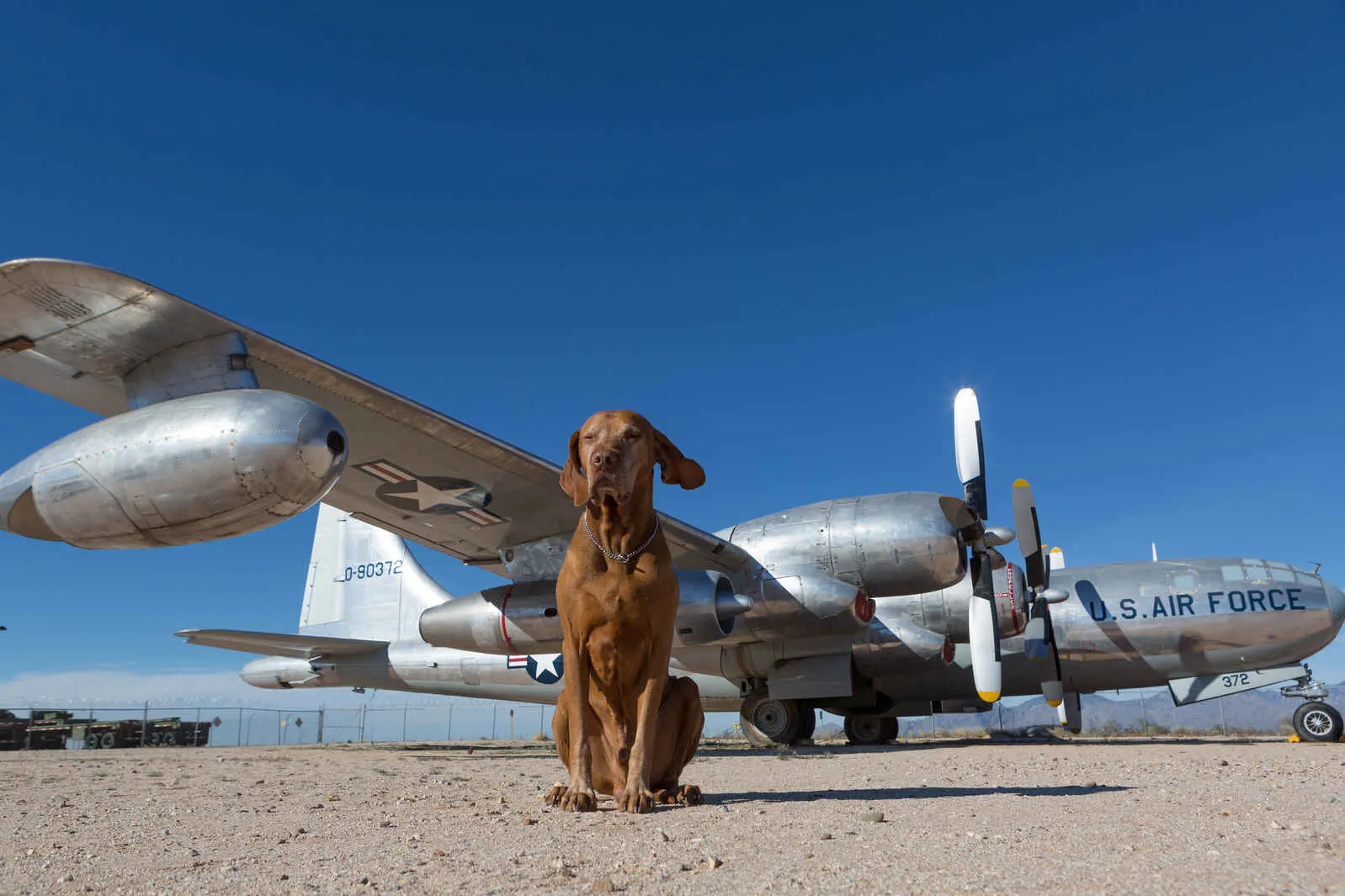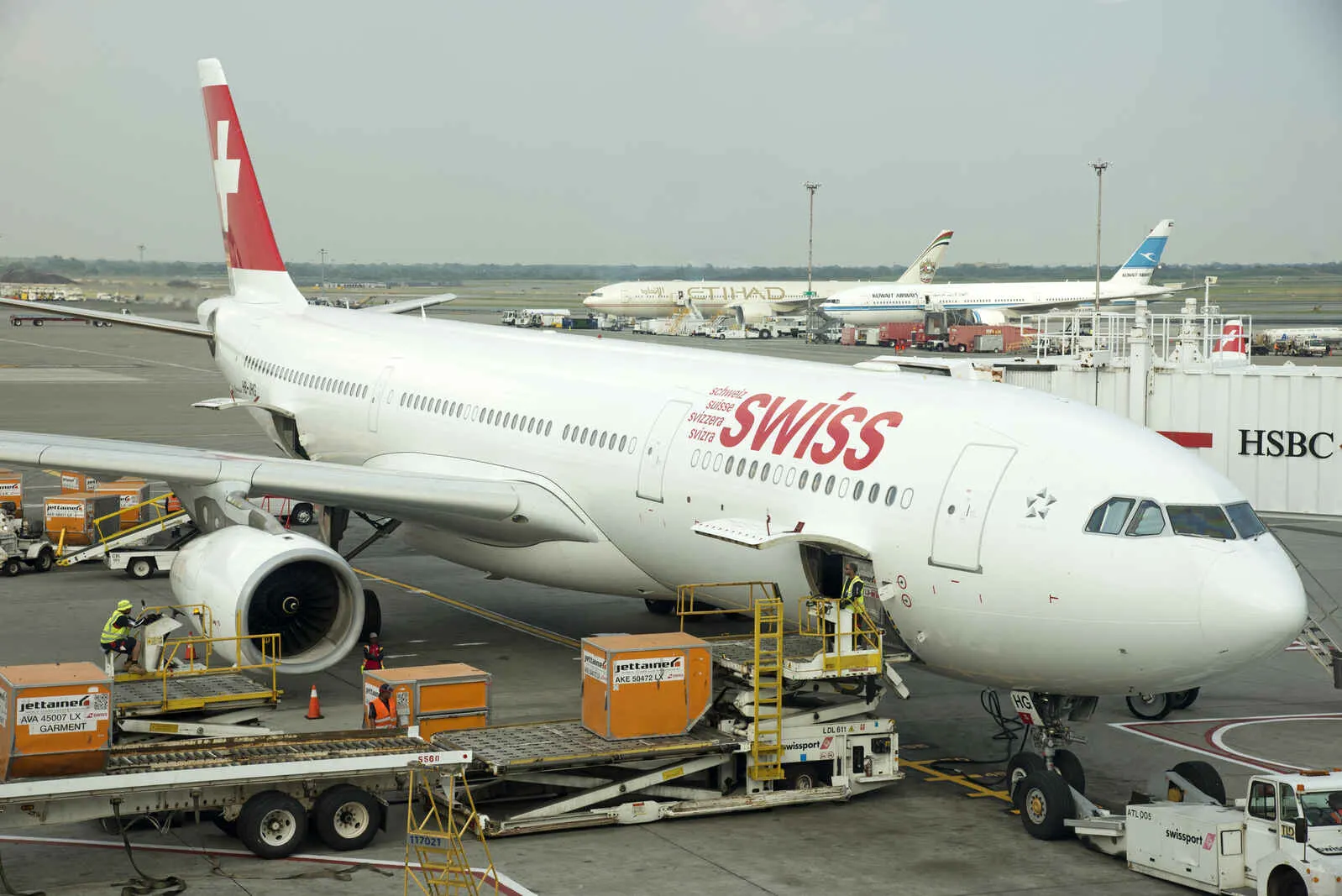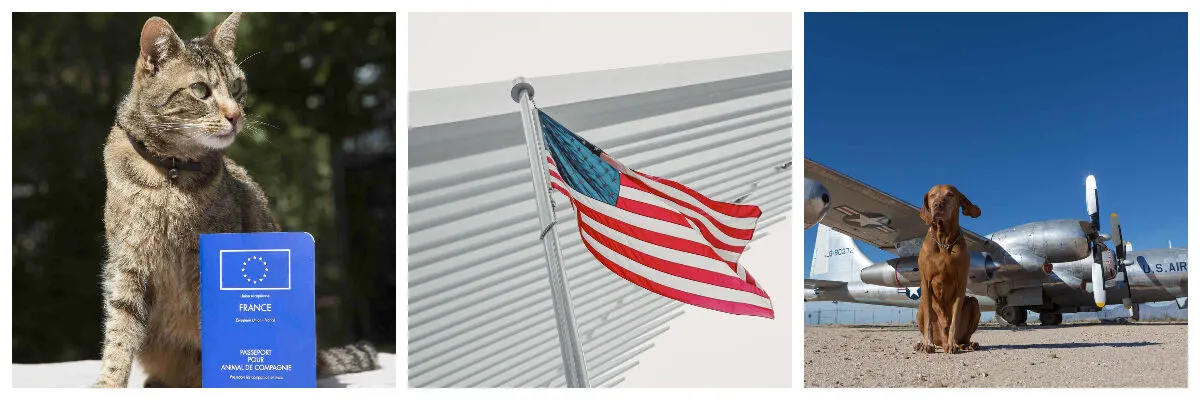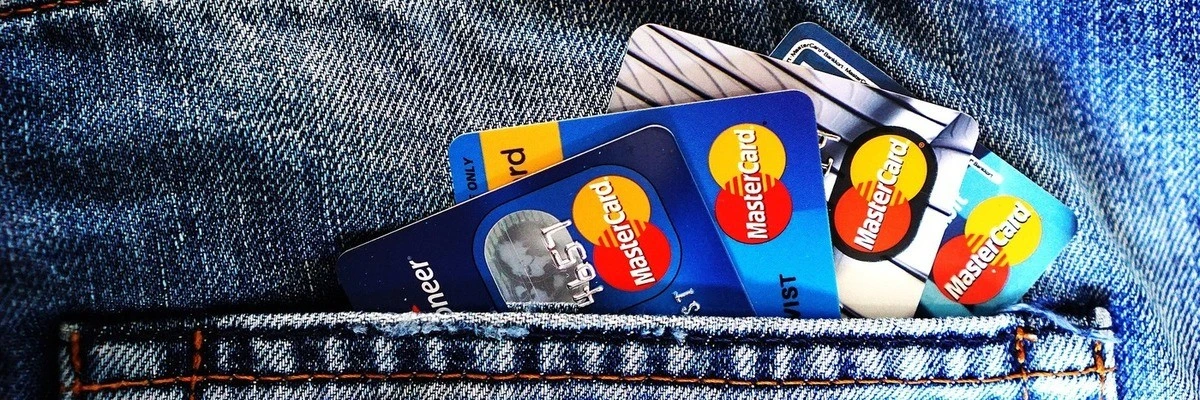When they are choosing to travel to the United Kingdom, most people choose to travel solo, with people, or even with their pet. Bringing your pet to the U.K can be a lot of fun- you can walk the streets of London and eat the famous fish and chips together, hike along the Thames, or even walk along the White Cliff of Dover together.
Here are the seven steps that you will need to move your pet from the U.S to the U.K:
- Make sure that your pet is allowed by the company you are travelling with
- Get the necessary tests and vaccinations for your pet
- Obtain a health certificate for your pet from your veterinarian
- Obtain a pet passport
- Fill out the Declaration Form
- Pick your mode of transportation that you feel is best for you and your pet
- Double-check that you have everything you need to travel with your pet
But before going out on your trip, you have to make sure you have everything in order with your pet, or else they can be held in quarantine, which won’t be pleasant for either your or your pet.
Disclaimer: Hi! this post may contain affiliate links which will take you to online retailers that sell products and services. If you click on one and buy something, I may earn a commission, see my Affiliate Disclosure for more details.
You have to make sure that your pet is healthy enough to travel for long hours, have the right documentation, and you have to make sure that your pet is going to be comfortable.
If you are planning on travelling to the United Kingdom and you don’t want to leave your furry friend behind, here is a step-by-step guide to helping you move your pet across the world comfortably.
Disclaimer: You should seek professional advice if you are unsure about how to move your pet to the UK. Go to GOV UK to check if there have been any changes to pet immigration.
1# Make Sure That Your Pet is Allowed
Unfortunately, not all pets are considered “pets” when it comes to international air travel. Most airlines will also only accept cats, dogs, and ferrets as pets that can travel on their planes. Therefore, pets like rabbits, hamsters, guinea pigs, or rats won’t be allowed to travel with you.
If you do have pets that can’t fly with you, you will have to find someone to watch them for you while you are away, such as a family member, a friend, or a pet sitter.
Some airlines and boats also don’t accept any pets at all. Therefore, you should always with the companies that you are planning to travel with to make sure that they even allow pets.
If you are planning on traveling with multiple pets, you should expect to pay extra fees. Typically, you will only be allowed to travel with up to five pets. However, some airlines will only let you bring one on board.
2# Get Your Pet the Necessary Tests and Vaccinations
Before you embark on your adventures with your pet in the United Kingdom, you have to make sure that they are healthy enough for traveling and meet all of the U.K’s pet health standards. Your pets will have to get tested by a veterinarian for various diseases and illnesses. If they do have an illness, they have to get treated and be disease-free for several months before your trip.
It’s important to get all of these done in advance because if you do not get your pet the proper tests and vaccinations, they can be held in quarantine for up to four months and you can be charged with fines.
Tests
Before you send your pet and yourself off to the U.K, you have to get them tested for tapeworms because they are an infectious disease. Your vet will have to analyze their stool in order to test them and to make a proper diagnosis.
Even though you need a vet’s diagnosis to treat tapeworms, you can typically notice the symptoms in your pet yourself. They will typically notice your pet scooting and rubbing their behinds on the ground, licking or biting at their behinds, or they are visible in their stool.
Tapeworms are incredibly common, especially in puppies, are extremely easy to get treated. If your pet has tapeworms, your veterinarian will prescribe a medication, called praziquantel, either orally or in a shot for them to take. Typically, it will take about a week to completely cure the tapeworms. However, some pets may need a second dose three weeks after.
Because it takes some time to cure it, it’s important to do this as early as possible before your flight. If you put off the vet visit until right before your trip, you may have to postpone it if they have to get treated because they can not travel unless they are completely cured.
In addition to tapeworms, you should also get your pet tested for any other illnesses to make sure that they are healthy and ready for the trip. The last thing that you want is to make an unexpected stop at a vet while you are on vacation.
Vaccinations
In addition to getting tested for illnesses, your pet has to take some preventative measures. Your pets also have to get vaccinated for rabies before you take your trip. Rabies can be a very serious and deadly disease, and it’s important that your pet doesn’t have it before coming into contact with other people and animals.
It is a good idea to get your pets rabies vaccination a month before you make your final arrangements because you are required to wait 21 days prior to the vaccination.
Microchip
Aside from getting them the proper tests and vaccinations, it is also a good idea to get your pet fitted with a microchip before transporting them to the United Kingdom.
A microchip is an implant that acts as an identification for your pet. Despite what most people believe, it isn’t a tracking device. Microchips omit a radio frequency that can be scanned to show information on the pet.
The microchip will have information like your pets name, your name, and your contact information. If your pet ever gets lost, this way someone will be able to identify your pet and contact you. The procedure for the implant is quick and painless for your pet. You can get the microchip implanted at most local vets or animal clinics.
Not all microchip readers will be able to read every kind of microchip, especially if it’s across the world. When you are getting your microchip, make sure that it is compatible with microchip readers in the United Kingdom.
It’s understandable to want to know where your pet is, especially if you are in a foreign country for the first time. Som if you are looking for a way to track your pet’s whereabouts, there are some collars that have GPS’s in them. These collars can be pretty expensive, but they are worth the extra buck for the reassurance of knowing where your pet is.
3# Health Certificate
In order for your pet to fly with you to the U.K, you will have to have documentation of all of the shots, tests, and microchips that you have for your pet. You can get this health certificate signed by your vet. The health certificate will prove that your pet is free from any infectious diseases and is healthy enough to fly.
The health certificate will confirm that your pet has received all of the needed vaccinations and has been treated for anything recently. You should travel within 10 days of the certificate being issued and will only be valid for up to four months.
The airport will ask to review the health certificate before you get on the plane and will not allow your pet to travel if you don’t have the documentation or it isn’t up to date. It is a good idea to make extra copies to keep with you in your luggage just in case.
4# Pet Passport

Just like how people need a passport to travel internationally, so do your pets. A pet passport is essentially the same as a typical passport, but it includes a little more information about your pet, including:
- Your name and contact information
- A full description of your pet
- Microchip information
- Proof of vaccinations
- Proof of tapeworm test and treatments (if applicable)
Typically, you can get your pet passport for your vet. If for some reason your vet does not provide pet passports, you can see if they can refer you a vet nearby that does, or you can contact the United States Department of Agriculture, Animal and Plant Health Inspection Service (USDA APHIS).
5# Declaration Form
Before you leave for your United Kingdom trip with your pet, you also have to fill out a Declaration form which states that you aren’t bringing your pet into the U.K for commercial purposes and prooves that you are the owner. This means that you aren’t planning on selling your pet while in the United Kingdom. You can find the form here.
6# Pick Your Mode of Transportation

There are a few ways that your pet can be transported to the United Kingdom, but it is ultimately up to you with what method you choose. If you are traveling from the United States to the U.K, the only ways that you have your pet transported are by plane or by boat.
You can find a list of airlines that accept pets on their planes here, and you can find a list of ferries and cruises here. If you want to take a different airline or a different company, you can always call and ask what their policies for pets are.
Each mode of transportation has different policies and procedures for handling your pet while you travel. Do your research and see which way to travel would be best for you and your pet. You can also contact the companies that you are considering to travel with and ask them what their specific procedures are.
7# Double-Check
Before you leave, you should double-check that you have all of the documents that you need for your pet and even some copies, just in case. The very last thing that you want is to be turned away for not having all of your needed documents.
Because the rules and regulations for importing pets into the United Kingdom, be sure to double-check with the website for United States Department of Agriculture, Animal and Plant Health Inspection Service (USDA APHIS) for updated regulations. Since the U.K is composed of multiple countries, it is also good to double-check the requirements for the country you are landing in as they may be different from others.
How Will Your Pet Be Transported?

Whether you decide to travel in a plane or on a boat to the United Kingdom, there are a few different ways that your pet will be traveling. Because these options aren’t always ideal, you should really consider how your pet will be traveling and treated before bringing them on a trip.
Here are a few ways that your pets can be transported:
The Cargo Hold
If you decide to travel with your pet on the plane, they will most likely be put in the planes cargo hold. They don’t get bathroom breaks or any sort of comfort during their ride. This kind of environment can be really unsettling for them because they will most likely be around other nervous pets, loud sounds, and will be alone.
Luckily, the pilot can control the temperature of the plane, so your pet doesn’t get overheated. Before the flight, the pilot is informed about the cargo and any pets on board. However, you should double-check with them to make sure that the pilot does know about your pet.
Some airlines even bring your pet’s water during the flight, or they will allow you to put water and food for them in their carriers. However, neither is guaranteed so you should call your airline and ask what their procedures are.
If you are allowed to provide them with food and water, the best ways to do this is with clip on food and water dispensors so they don’t fly around during the flight.
Your pets carriage will not be with the rest of the luggage, so you don’t have to worry about them getting thrown around or hurt. A planes cargo hold has a special section that securely holds pet carriers.
Can You Bring Your Pet in the Plane Cabin With You?
If you don’t want your pet to be transported in the cargo cabin, some airlines do let your pets fly with you in the cabin. Unfortunately, there are restrictions on how big your pet can be. Typically, they have to be able to fit into a carrier small enough to fit in a seat. Therefore, larger dogs will have to be flown in the cargo cabin of the plane.
Most airlines also only let a certain number of dogs in the cabin, so it is a good idea to book your dogs spot as far in advance as possible. You should also expect to pay a fee to have your pet in the cabin with you. Most airlines can charge at least $500 extra for a one-way trip.
Ship Kennel
If you are choosing to travel with your pet by a cruise ship, your pet will most likely have to stay in the ship’s kennel. Much like a planes cargo hold, the kennel is located within the boat and hold the passenger’s pets. Your pet would have to stay in their carrier with limited bathroom breaks and time out of the cage. Some cruises also let you check in on your pet.
However, some cruise lines do allow pets in private cabins, but they typically charge an extra fee. Ideally, you would rather your pet be in the room with you and not in a carrier for the duration of your trip. Therefore, you should contact your cruise line and see what options they offer.
How to Make Your Pet More Comfortable for the Trip
Having your pet travel internationally can be a very nervous situation for them. Depending on where you leave within the United States, it can be at least an 11-hour flight to the United Kingdom. Even though this may be a trip of a lifetime for the both of you, your pet’s comfort should be a priority.
Here are some ways to make your pet more comfortable on the long trip over to the U.K:
Direct Flights
To reduce the amount of stress that your pet will be put through, you should try to get a direct flight to the United Kingdom, if possible. Long flights and layovers may be too stressful on your pet, so minimizing the number of hours traveling is better for your pet. Even though it may be more expensive to find direct flights, it will be better for your pet’s well-being in the long run.
Airlines don’t typically take pets out of the cargo hold during layovers, and they can also get misplaced, just like luggage. In case something like this happens, you should also attach tags with your contact information on the crate and around your pet’s neck with a collar.
Pick the Right Season
Even though pilots can control the temperature in the plane, they can’t control the climate outside. It may not be a good idea to travel with your pet in the summer because they could potentially overheat. If you can’t have your pet with you in the cabin where you can monitor them, then it may not be a good idea to travel with high temperatures.
Because of the same reasoning, most airlines will not let you bring pets onboard during certain times of the year. Especially when you are traveling from a colder place to a much hotter place, it is important to consider how comfortable your pet will be while traveling with these temperatures.
A Comfortable Carrier

If you do get the opportunity to have your pet on the plane with you, make sure you get a carrier that is comfortable enough for them. The ideal carrier for a plane ride is one that fits the allowed sizes but also leaves some room for your pet to move around and for you to put some treats and food in there.
Unfortunately, if your pet is travelling in the cargo hold of a plane, they will most likely have to be in a gated carrier. However, you can make it more comfortable by adding some padding, like a bed and pee pads, and also add in some of their favourite toys to keep them entertained.
Line the Carrier with Absorbent Pads
Even though your pet may be house-trained, with the stress of a plane ride and the long flight, there may be some accidents. The nerves from flying could also upset your pet’s stomach, which could induce accidents. You can play it safe by lining the carrier with absorbent pads, like the brand DryFur.
You should also sprinkle some deodorizer, like baking powder, in the carrier so if there is an accident, you and the people around you won’t have to smell it until the flight ends.
To help prevent any unwanted accidents from happening on your flight, don’t feed your pet the morning of and cut off their drinking water two hours before the flight. This way, your pet won’t feel the urge to go while they are on the flight.
Once you get on the plane and your pet gets a little more comfortable with the flight, you can give them water in increments. You don’t want your pet to dehydrate, but you also don’t want any accidents, so watch how much water you give them and how often.
If you start to notice that your pet does have to go, take them into the plane bathroom with you and with a pee pad and try to get them to go there. It may take them a little while to go because they aren’t used to the environment, but it is definitely worth the patience, so they don’t go in the carrier. Make sure to clean up after your pet when you are finished.
Attention
Because they will most likely be anxious during the trip, be sure to give your pet lots of attention and reassurance. Even though most airlines probably won’t let you take your pet out of their carrier during the flight, you can still open it a little bit and give them a quick pet to reassure them that everything is okay.
Most airports won’t let you bring in food or drinks before you go through security, but you may get away with bringing treats. Feeding them their favorite treats in moderation throughout the flight would be a great way for them to feel more comfortable.
Most airlines won’t do frequent check-ins with the pets in the cargo hold, so they will be lonely most of the time. If this is important to you, then you should see about having your pet with you in the cabin.
If you decide to travel by boat to the United Kingdom with your pet, you should aks your cruise about their policies on visiting your pet in the kennel. If you are allowed, try to visit them as frequently as possible so they don’t feel so alone.
During your visits, play with them and pet them and make them feel loved. Even though your cruise may be fun, don’t cut your visits short. This is a scary time for them, so having you there makes the trip much easier.
Sedatives
You should always use sedatives as the last resort for keeping your pet calm and comfortable during the flight. Sedatives should only really be used with extremely nervous pets and you should only give your pet a sedative with the okay from the vet. Your pet may have some health problems that could react badly with this kind of treatment.
There are some sedatives that won’t completely put your pet to sleep but will calm them down for the flight. Now there are CBD oils and treats for nervous pets, but you should also check with your vet before giving them to your pet. However, sedatives should be the last resort because they can have some adverse side-effects, such as breathing problems and dizziness.
What About Service Animals?
Service animals are, without a doubt, allowed to travel with you, even in the cabin of a plane. In fact, it is very common to have emotional support animals with them when they are flying because of how stressful it can be.
Even though they are service animals, they do still have to have the proper tests and vaccinations in order to fly. When you go to the airport to board on your plane, make sure you have the proper identification for your service animal, including their vest and the proper documentation.
More Resources for Moving to the UK
How to Move Your Pet From the US to the UK: A Step-by-Step Guide
Moving to the UK from the US: Step by Step Guide
How to get a UK Bank Account Before Moving to the UK

Kat
Hi, I'm Kat, an Australian that moved to London in 2013 to start a new adventure. What a roller-coaster that was! I love helping others move to the UK and people explore the world! I’d be honoured if you’d say, “Thanks!” with a £3 coffee on Ko-fi.




